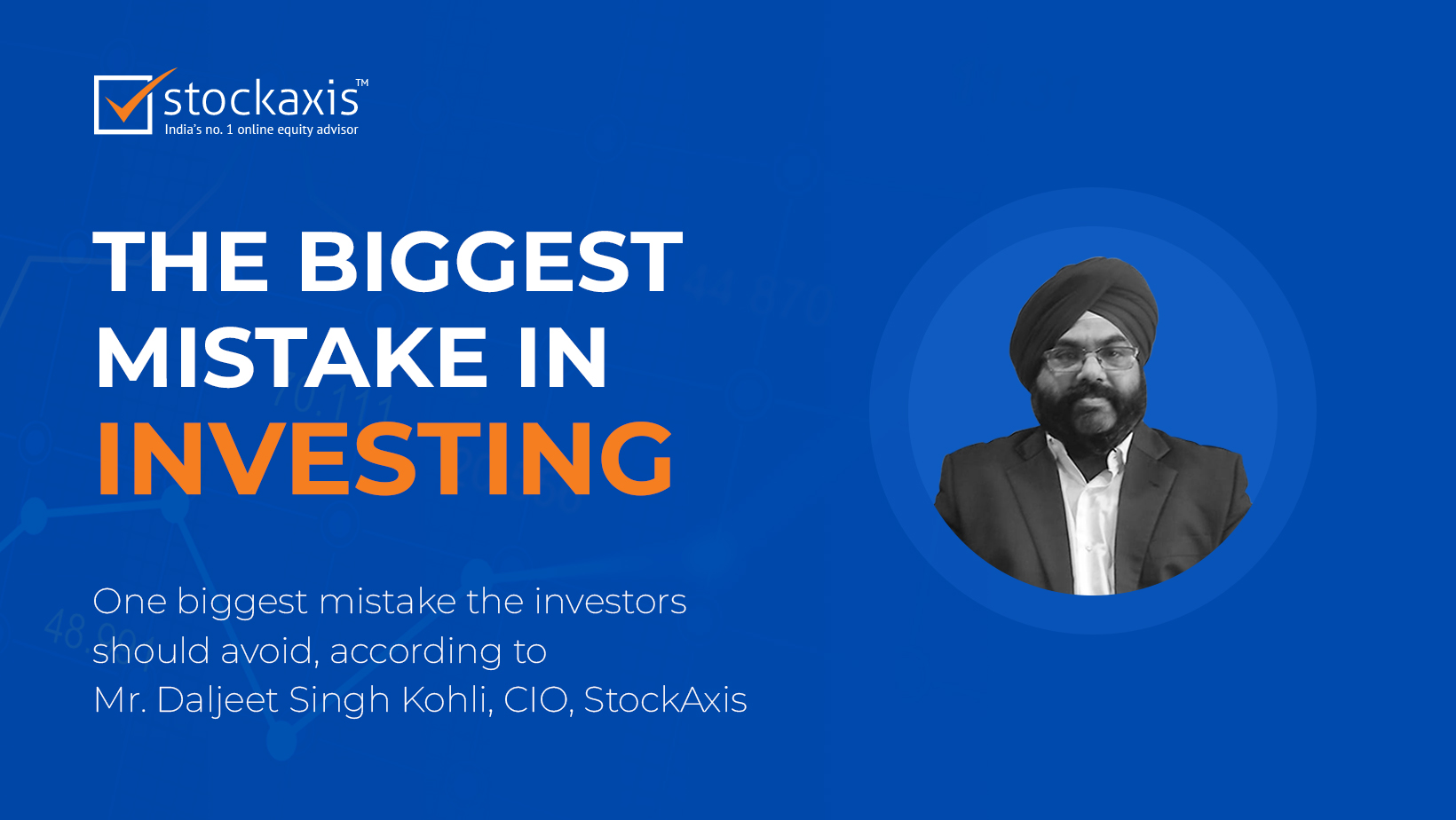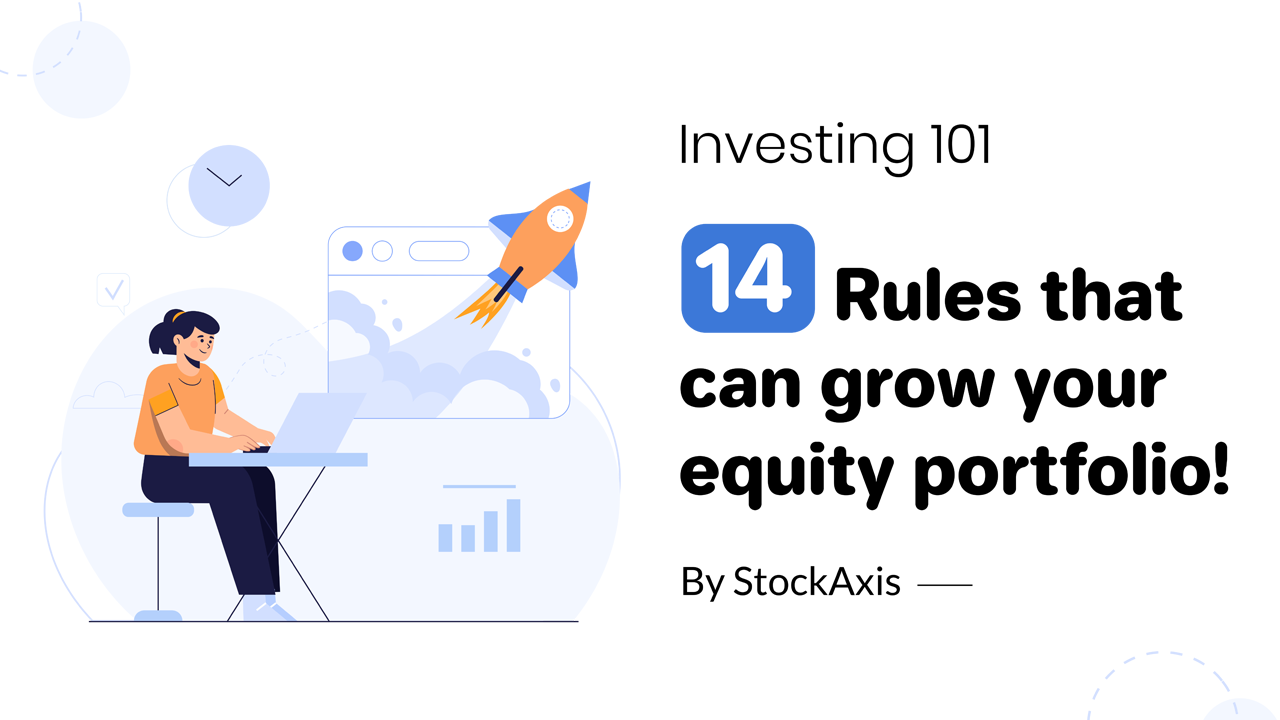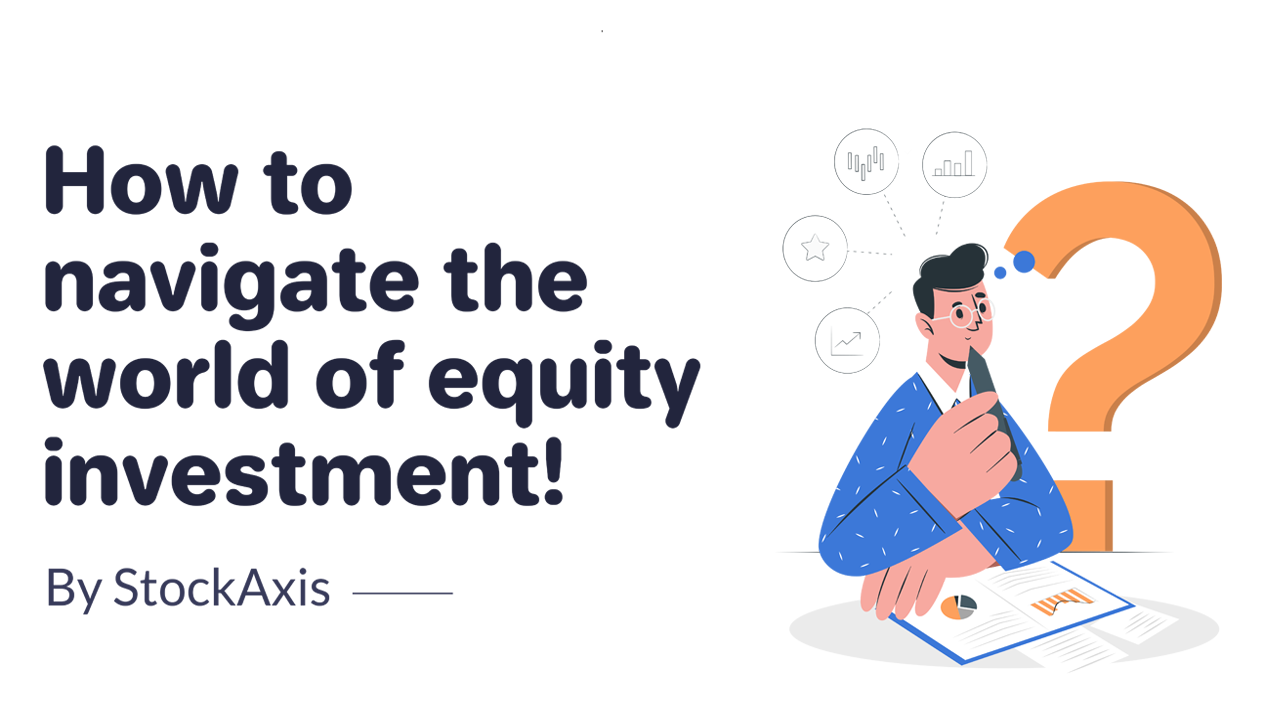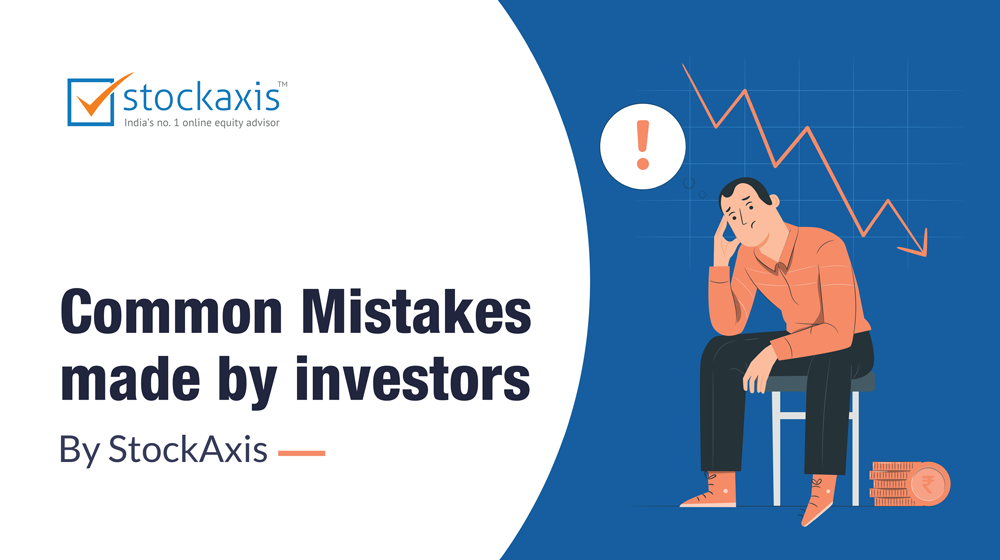Your Investing Life
In this section, we’ll guide you through the journey from buying your first stock to building a diversified portfolio, and knowing when to sell to lock in your profits.
Your First Stock
Buying your first stock can be a daunting prospect. New investors often grapple with two key questions: What to buy and when to buy?
Having covered the criteria for selecting a stock, let's now address the second question: When to buy? The stock market can be incredibly volatile, and this lack of predictability can undermine your confidence.
The answer to your dilemma is simple: Don't worry about timing the market. Invest when you have the money to do so. Always remember this when you feel the urge to hold back or wait.
As we've discussed in previous chapters, it’s all about time in the market rather than timing the market. Many fortunes have been lost by those trying to catch the exact bottoms and peaks of market rallies. The reason you shouldn’t worry about timing the market is straightforward: you can’t. No one can. Not even the greatest financial scholars or the highest-paid advisors can do it accurately all the time.
When it comes to timing the stock market, information plays a huge role. By the time the general public gets hold of major news or a quarter’s earnings report, the price has mostly adjusted to it already. What remains is often just the speculators trying to make a quick buck. Over the long run, these minor movements will have minimal impact on your investment. Always remember: The longer your investment horizon, the less impact short-term fluctuations will have.
Your first stock should be a company that you love and believe in. It should be one that you’re going to enjoy reading about and watching grow over the many years you intend to own it.
We recommend starting with a large-cap, stable company for your first investment. Think about companies like Reliance, TCS, Titan, or HDFC. These companies are well-established and unlikely to go anywhere anytime soon. They are good foundational stocks to build your portfolio on before you start to diversify with smaller companies.
Diversification
Stocks and risk go hand in hand. No matter how much research you conduct before investing, markets can be unpredictable and full of surprises. Therefore, managing risk is just as crucial as conducting thorough research when building your equity portfolio.
As the saying goes, "Never put all your eggs in one basket." This emphasizes the need for portfolio diversification. However, scattering all your eggs into multiple baskets under the same roof doesn’t make sense either. What you need is strategic diversification to enhance your investment returns while minimizing risk. Here’s how you can achieve that:
Market Cap
Diversify by investing in companies of different sizes.
- Large-cap companies typically carry lower risk but offer slower growth potential. They also provide built-in diversification as they operate across multiple business lines and industries, generating revenues from various streams.
- Small-cap companies are riskier but offer greater potential for substantial returns. A savvy investor seeks balance by offsetting the risk of small-cap investments with larger, safer holdings.
Sectors
Avoid over-reliance on any single sector. If your investments are heavily concentrated in one sector, such as oil companies, a downturn in oil prices could significantly impact your entire portfolio. Different sectors respond differently to economic conditions. For instance, while a decline in oil prices may harm energy companies, it could benefit industries like logistics and airlines. Spread your investments across diverse sectors to safeguard your portfolio against adverse economic trends or geopolitical events.
Geography
Economies are dynamic and subject to constant change. During economic downturns, consumer spending tends to decrease. Mitigate this risk by investing in companies with exposure to international markets.
- Example: HCL Technologies, India's fifth-largest IT company, operates offices in 31 countries globally. Its diversified portfolio spans sectors including aerospace, defense, automotive, consumer electronics, energy, utilities, financial services, government, industrial manufacturing, and life sciences.
Asset Classes
Besides stocks, diversify your portfolio by investing in other asset classes like real estate or bonds. For younger investors, stocks generally offer higher returns and are a primary investment focus. As you approach retirement, consider reallocating to less volatile investments such as government bonds to ensure portfolio stability and a steady income stream.
By strategically diversifying across market caps, sectors, geographies, and asset classes, you can optimize your investment returns while reducing overall risk exposure. This balanced approach helps safeguard your portfolio against unforeseen market fluctuations and enhances long-term wealth accumulation.
Building A Portfolio
Building a portfolio should be a deliberate and well-researched process. The stock market offers abundant opportunities, allowing investors to carefully select companies they genuinely believe in and strategically invest over time.
Your portfolio should reflect your vision of the future business landscape. You can choose to either fully invest in a company at once, establishing a complete position at a single price point, or employ a staggered approach with multiple buying levels.
Here are two popular methods to help you get started:
Full/Half Position
Imagine you've identified Titan Ltd. as a company you strongly believe in and want to invest ₹50,000 in it. You have two options:
- Invest the entire ₹50,000 at once in Titan, creating a full position.
- Use a staggered approach: invest ₹25,000 now and wait for a potential correction or buying opportunity to invest the remaining ₹25,000. This way, you create a half position initially and complete it later.
For instance, if you're interested in investing ₹50,000 but also want exposure to another company, you can split your investment: ₹25,000 in Titan and ₹25,000 in the other company. When you have another ₹50,000 saved, you can convert these half positions into full positions rather than opening new positions.
Rupee Cost Averaging
Rupee cost averaging involves investing a fixed amount of money at regular intervals, such as ₹10,000 monthly, across five selected stocks.
This strategy ensures:
- You purchase more shares when prices are lower and fewer when prices are higher, balancing out the average cost of your shares over time.
- It removes the need to time the market perfectly, which can be challenging and often leads to suboptimal investment decisions.
- By averaging your purchase price, rupee cost averaging minimizes the impact of short-term market fluctuations on your overall investment.
Building a portfolio through strategic investment methods like full/half positions and rupee cost averaging allows you to methodically grow your investments while managing risk. It's a prudent approach that aligns your investments with your long-term financial goals and beliefs in the companies you choose to support.
Balancing Risk and Reward
When you invest, there's always some level of risk involved. But, taking smart risks can lead to bigger rewards. A good investment strategy is all about finding a balance between safe and risky investments.
If you're younger, you can take more risks because you have time to recover from any losses. But, as you get closer to retirement, you may want to play it safer.
Some investments can be really rewarding, like "ten baggers" that return ten times your original investment. These are more likely to happen if you take some risks. However, not all risky investments will pay off. But, one big success can make up for several failures.
To get the biggest rewards, you have to be willing to take some chances. Remember, there are no guarantees in investing, but taking smart risks can lead to big rewards.
Investing for the Long Term
Investing success isn't about making quick profits or panicking with the market. It's about having a clear mindset and a long-term perspective.
You don't need a lot of money, a high IQ, or perfect timing to be a great investor. You just need two things:
- Timeline: Invest for at least five years or more. Think of it like sending your money on a long-term mission. Let it work for you without constant checking.
- Temperament: Stay calm and level headed, even when others are panicking. This mindset helps you make smart decisions and avoid impulsive mistakes.
History shows that investing in great businesses for the long haul is the key to success. You'll be rewarded with share price growth and dividends.
Keep your emotions in check and avoid impulsive decisions based on fear or greed. Sometimes, the best action is no action at all. As Warren Buffet said, "Investing success doesn't require a high IQ, but a temperament that controls impulsive urges."
Common Investing Mistakes to Avoid
Everyone makes mistakes when investing. The key is to learn from them and avoid common pitfalls. Here are some mistakes to watch out for:
- Doing nothing: Not investing at all can lead to a uncertain financial future. Start small and take the first step.
- Investing for the short term: Don't invest money you might need soon. Give your investments time to grow.
- Playing it too safe: If you're young, consider investing in stocks with potential for long-term growth.
- Playing it too risky: Spread your investments across different companies and sectors to manage risk.
- Following the crowd: Stick to your investment strategy and avoid impulsive decisions based on short-term market fluctuations.
Remember, investing is a long-term game. Learn from your mistakes, stay patient, and keep a cool head.
When to Sell a Stock
Deciding when to sell a stock is harder than deciding when to buy. If you own a great business, it's hard to let go. Here are some tips to help you decide:
- Ask yourself if you were wrong to invest in the first place.
- Consider if something has changed, like a leadership change or loss of competitive advantage.
- Most importantly, do you still believe in the company's potential?
If you answered yes to the last question, it's likely worth holding on. Markets can be unpredictable, and temporary setbacks don't define a company's long-term value. Hold on to great businesses and weather the storms.










